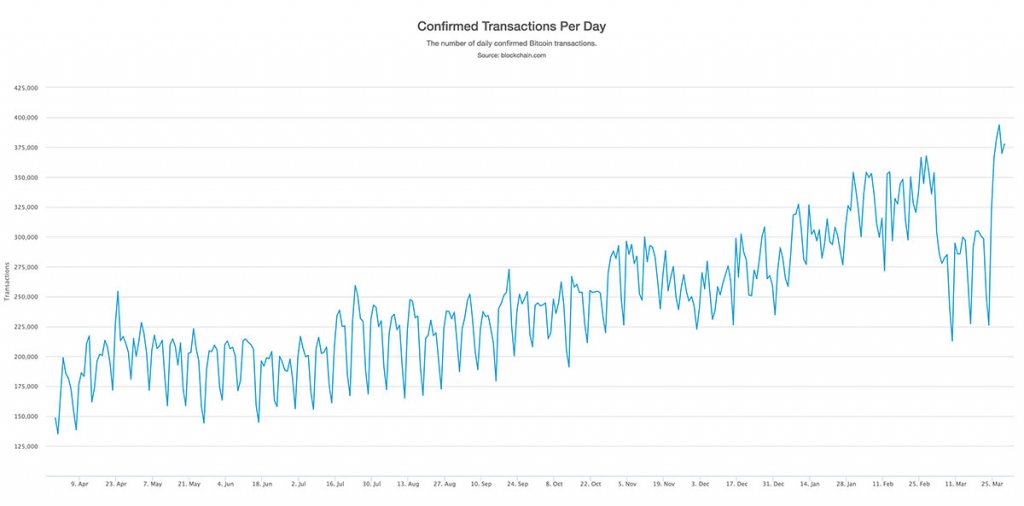
2019-9-17 00:18 |
Remitters want reliability, speed, convenience and lower cost—yet these key elements are at odds in today’s global payments. This is due in part to the current challenges moving money between currencies and the institutions that are licensed to handle these transactions. In a world where information moves instantly to all corners of the globe, it is unacceptable that global payments can take days, sometimes weeks, to arrive at their destination—if they arrive at all.
With one standardized connection, RippleNet customers can instantly move money from one country to another without having to maintain or fund accounts in the destination country. These institutions simply initiate payments in their local currency, and Ripple’s blockchain technology handles the rest, including payout to the end beneficiary.
Known as On-Demand Liquidity, this service on RippleNet uses the digital asset XRP as the bridge currency in the payment flow. This process is completed with the help of digital asset exchanges at either end of the payment flow, one in the send-side country and one in the receive-side country.
In this way, RippleNet enables financial institutions to deliver on the four key elements that remitters care about most—reliability, speed, convenience and lower cost—without trade-offs.
How On-Demand Liquidity Works
Here’s what happens in a span of seconds:
RippleNet converts the local currency into XRP at a digital asset exchange and sends it instantly across the XRP Ledger to an exchange partner in the destination country.There, the XRP is converted into the local currency on the destination side. The payment is then forwarded to the end beneficiary, usually a payout provider on RippleNet.Exhibit: Accessing On-Demand Liquidity
At no point along this payment journey is the end user (sender or receiver) interacting with, owning or holding digital assets. This is important to note as most remitters look to send payment in the fiat currency native to the country from which they are sending, while receivers continue to seek fiat payments native to the country in which they are receiving the international funds.
Those payment providers taking advantage of this service do have exposure to volatility of the underlying digital asset, in this case XRP, but the exposure is very limited as the XRP Ledger settles every three seconds on average.
Why You Should Care
By eliminating the need to pre-fund and maintain accounts in countries across the globe, financial institutions are effectively able to deliver near-instant international payments at a lower cost.
The benefits for service providers and the end users are noticeable, with savings of up to 54% per transaction. Furthermore, these payments are faster than traditional rails, cutting the settlement period from three days to approximately three seconds. This means that, as a financial institution, the exposure to foreign currency volatility risk is significantly reduced.
The combined benefits of speed and cost allow for those utilizing On-Demand Liquidity to compete more effectively and deliver on the elements that remitters most care about, meaning customers of RippleNet are able to recognize top-and bottom-line impact.
Interested in getting started with RippleNet and On-Demand Liquidity? Contact us.
The post No More Trade-Offs: Realize Instant, Low Cost Payments With On-Demand Liquidity appeared first on Ripple.
Similar to Notcoin - Blum - Airdrops In 2024
Particl (PART) на Currencies.ru
|
|





























